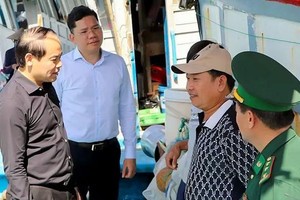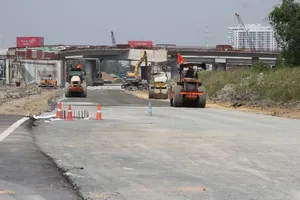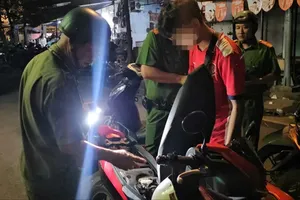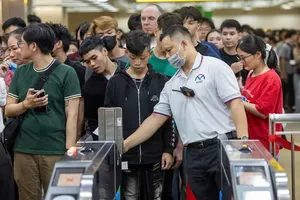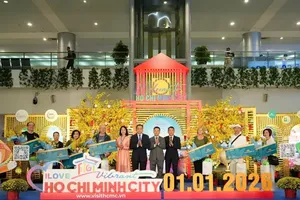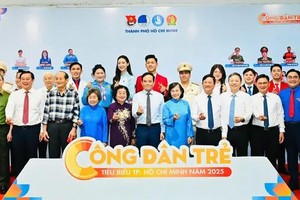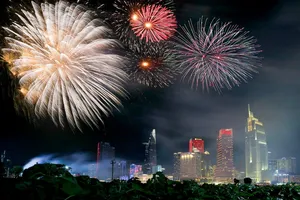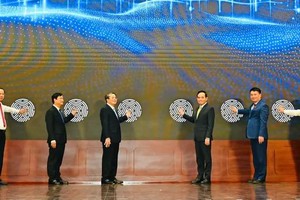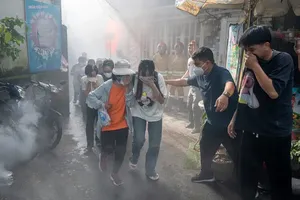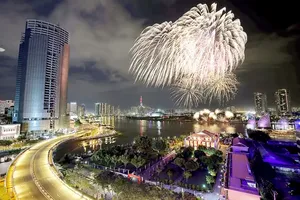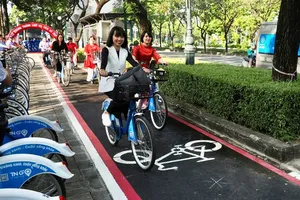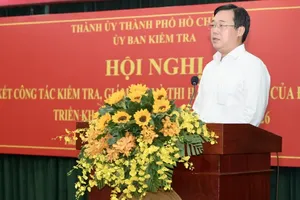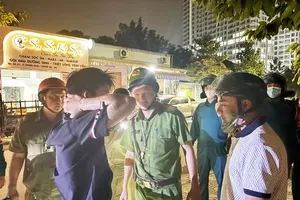
According to the latest report on the HCMC planning for the 2021-2030 period, with a vision to 2050, the city retains the scenario towards a multi-center urban structure model with the option of forming five satellite cities in its five outer districts besides the current one of Thu Duc City, and the existing central urban area comprising 16 districts.
Therefore, looking at the overall development plan of HCMC and the socio-economic plan, the five aforementioned districts are almost the focal point of the transformation and the potential for the city's growth.
Considering both natural and social factors, as well as from a historical and present-day perspective, Cu Chi District is the source of the Saigon River, while Can Gio District owns pristine coastal forests and Nha Be District is a river junction, marking its strategic position as ever. With a large land fund and being a transition zone to implement the inter-regional linkage strategy of the Mekong Delta, these can be seen as both "reserves" and new "growth poles" for the city's development.
In the process of building socio-economic planning and spatial development planning, these five districts have been clearly identified as critical hubs of HCMC. These include
- The maritime center (with Can Gio International Transshipment Port),
- The medical center (Binh Chanh District and part of Binh Tan District),
- The high-class service center (Nha Be District, expanding from District 7),
- Industrial zones according to new industries such as precision mechanics, pharmaceuticals (Binh Chanh District, Cu Chi District),
- High-tech agricultural zones, along with service infrastructure to serve urban agriculture (Hoc Mon District, Cu Chi District).
Accompanying implementation solution groups have been formed for the five above centers, also on the basis of respecting, harmonizing between heritages and modernity, and exploiting the values (also advantages) of natural resources and socio-cultural resources in compliance with the laws and development trends of the market and society.
For instance, the urban character in the five centers above is oriented towards an ecological character. In complex urban areas, green urban elements are included, whereas tourist cities here must integrate both green and modern services. Urban agriculture is preferred in the transformation of the agricultural economic structure.
The core value that the 5 to-be satellite cities are aiming for is how to balance between the exploitation, development of services, utilities and the process of creating, preserving, and enjoying the basic comfortable lifestyle and community cohesion of culture, focusing on peace, safety, and happiness.
To fulfill those goals, it is necessary to form sensible planning with suitable calculations in order to ensure the advancement of technology and the sustainability in the use of land reserves.
Take, for example, the establishment of waste treatment areas. More consideration should be given to the use of outdated technologies in a large area. The construction of regulating ponds as a solution to urban flooding must be studied in correlation with socio-economic growth rate of the locality as well as the optimization of land resources there.
More importantly, in the process of forming the five above satellite cities, meaning to transform a suburban district into an urban one or even into a municipal city, there are still various challenges to overcome.
The city prioritizes and has some advantages in the second step for the reason that it not only meets the criteria but also aims to retain a maximum of 35 percent of the existing agricultural communes to create a buffer zone in the urbanization process. This is the basis for HCMC to transform the model of industrial parks and export processing zones towards hi-tech, creative, digital, green, and circular economy development, in order to achieve the goal of "net zero emissions" by 2050.
Besides that, there are efforts to focus investment in quantitatively and qualitatively upgrading the standards of transport infrastructure, social infrastructure, and the best living conditions for the people of the five outer districts in the "organic body" of the city's common development.
